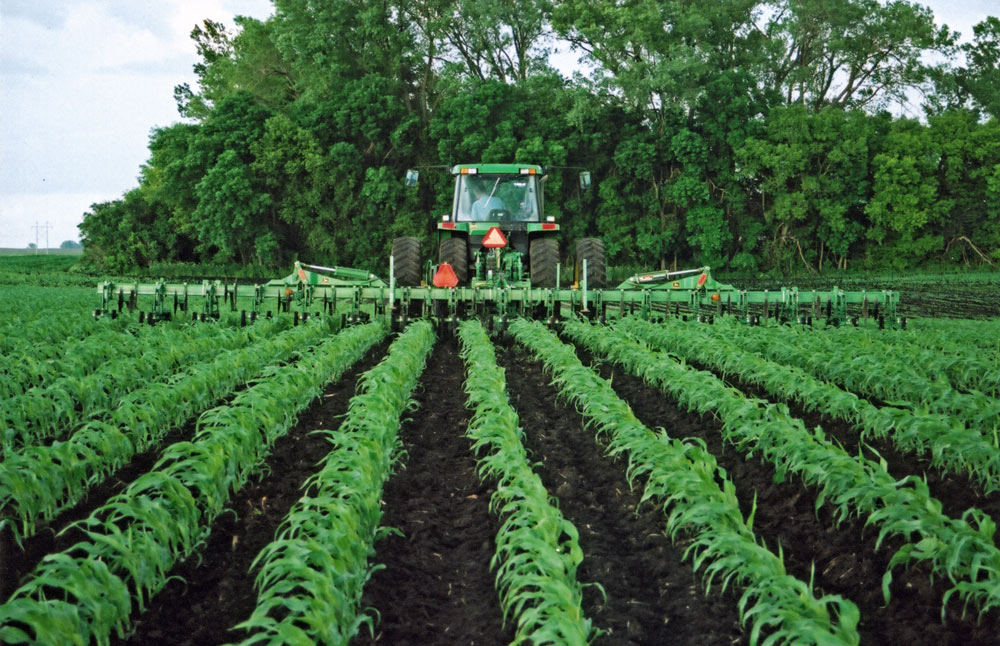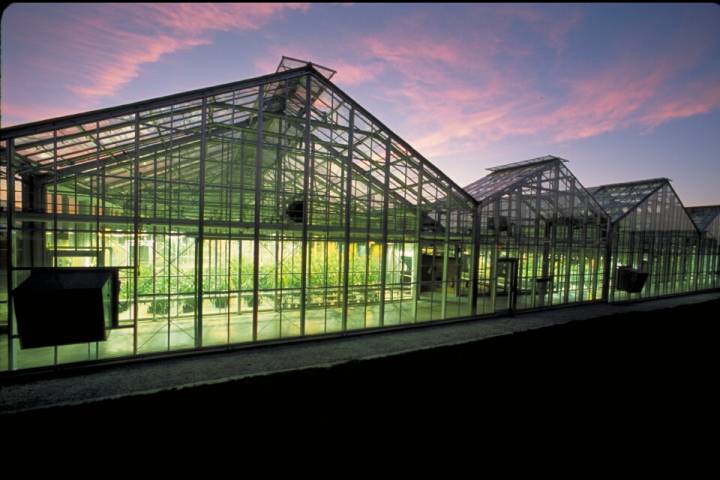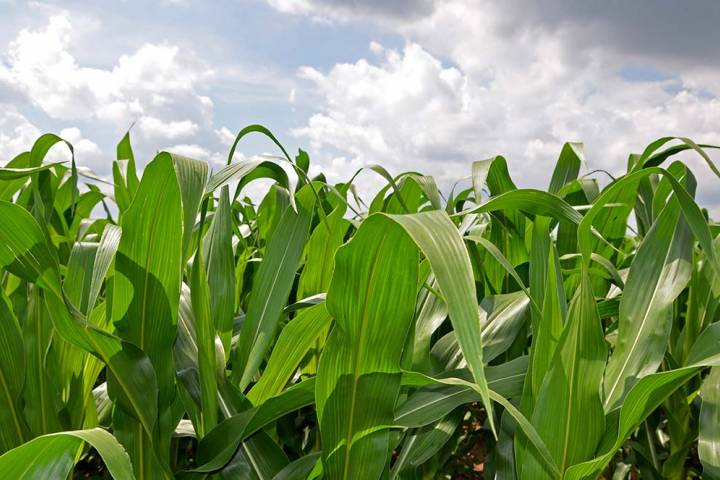Soil and sustainability
Systems thinking is a new phrase in business. However, it has been used to describe ecosystems and various processes in agriculture and the environment for a long time. Systems thinking can be described as looking at the interconnected parts of a whole. Each part can be labeled as one of four aspects: inputs, things that are added to the system from outside the system; outputs, the things produced from the system; storages, the places where some of the inputs are incorporated, or stored for future use; and flows, the movement of the matter and energy between the parts. Each one of these aspects is usually balanced by another in order for the system to maintain equilibrium or to stay in balance.

Agriculture is such a system. In order to produce agricultural products (crops, livestock feed, livestock, fuel), there are inputs that must be used. These inputs include seeds, nutrients from fertilizers, pesticides, water, the equipment to plant, as well as the fuel to power the equipment. Some of these are incorporated into the products, but some are not available to the product due to timing, or other environmental factors, such as rain or lack of rain, temperature, or plant development. These inputs then flow from one place to another within the agricultural system or they leave the system before they can be utilized. Some of these inputs are stored within the particles of soil and therefore have a better chance to be used or become part of the product. Soil is a large storage within the agriculture system.
Three particles that make up soil are sand, silt and clay. These sediments are weathered from surface rocks or eroded by water or wind and carried to other places. Soil has varying levels of porosity and permeability depending on the structure and texture, allowing it to help or hinder plant growth. The texture of the soil will determine how well it will hold water and nutrients. Soil stability or structure helps soil withstand erosion and allow for water infiltration.
The three main soil nutrients include Nitrogen, Phosphorus and Potassium. These are abbreviated as N, P, and K. Nitrogen helps to maximize the photosynthetic ability of the corn plant and increase yield potential. Phosphorus is important for flowering and root growth. Potassium is necessary to prevent water loss and aids in photosynthesis. The mineral content can affect the ability for certain plants to grow better than others. pH is another important quality in soils. It refers to the level of Hydrogen ions in the soil. Depending on the amount of Hydrogen ions, soil can be neutral, acidic or basic. Too much acidity or basicity can affect the plant’s ability to draw nutrients from the soil.
The soil texture, structure, nutrients, pH and mineral content will be important for whatever plant is planted. Depending on the soil characteristics, growers may add amendments in the form of nutrients, pesticides, and water.
The consequences of overuse of one of these soil amendments, fertilizers, center primarily on a problem called cultural eutrophication. When nutrients are applied in quantities that cannot be stored or assimilated by plants, or when there is an event that causes them to run-off, they find their way into local water sources. Once in the water source, the phytoplankton and algae that naturally live there begin to bloom. Some of this algae can give off toxins that can cause illness in people or animals. The bloom can entirely cover the surface and grow several layers thick depending on the amount of input. When the algae or phytoplankton die, many bacteria are needed to decompose them, thereby depleting the water of dissolved oxygen. This results in what is commonly referred to as a “dead zone.” Fish and other aquatic life cannot live there since the oxygen levels are depleted. (See Water quality.)
Soil plays a very important role in the agriculture system of inputs, outputs, storages and flows.




